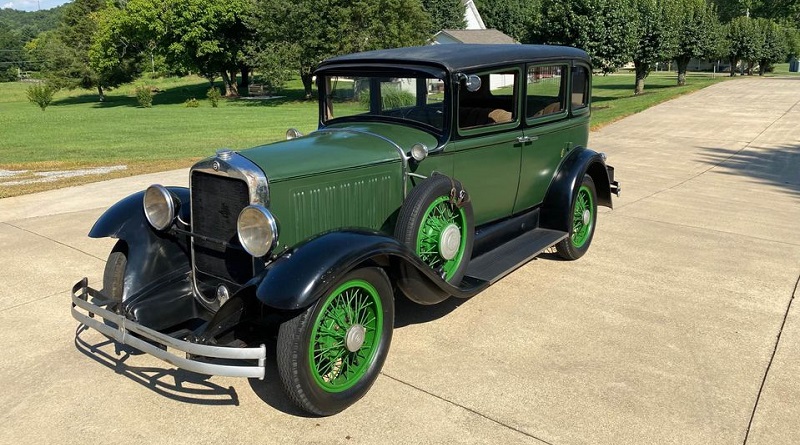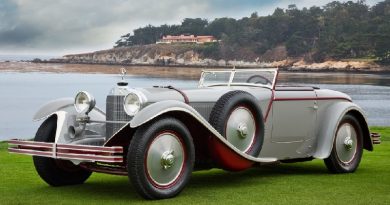1930 Studebaker Dictator
The Studebaker Dictator is an automobile produced by the Studebaker Corporation of South Bend, Indiana, United States from 1927 until 1937. Model year 1928 was the first full year of Dictator production.
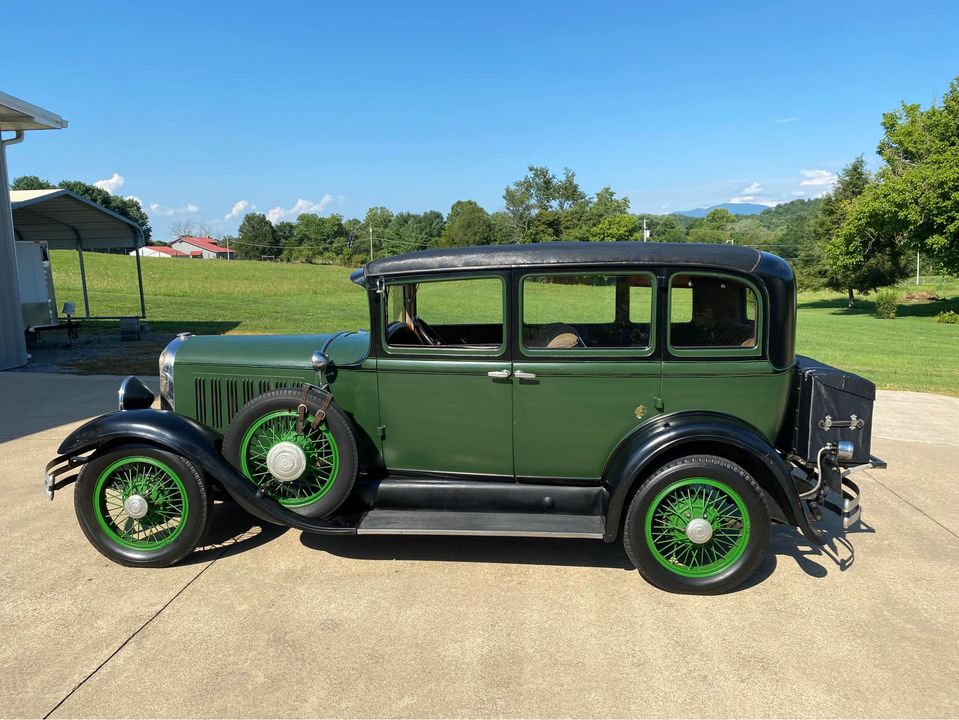
In the mid-1920s, Studebaker began renaming its vehicles. The model previously known as the Studebaker Standard Six became the Dictator during the 1927 model year—internally designated model GE. The name was intended to connote that the model “dictated the standard” that other automobile makes would be obliged to follow.
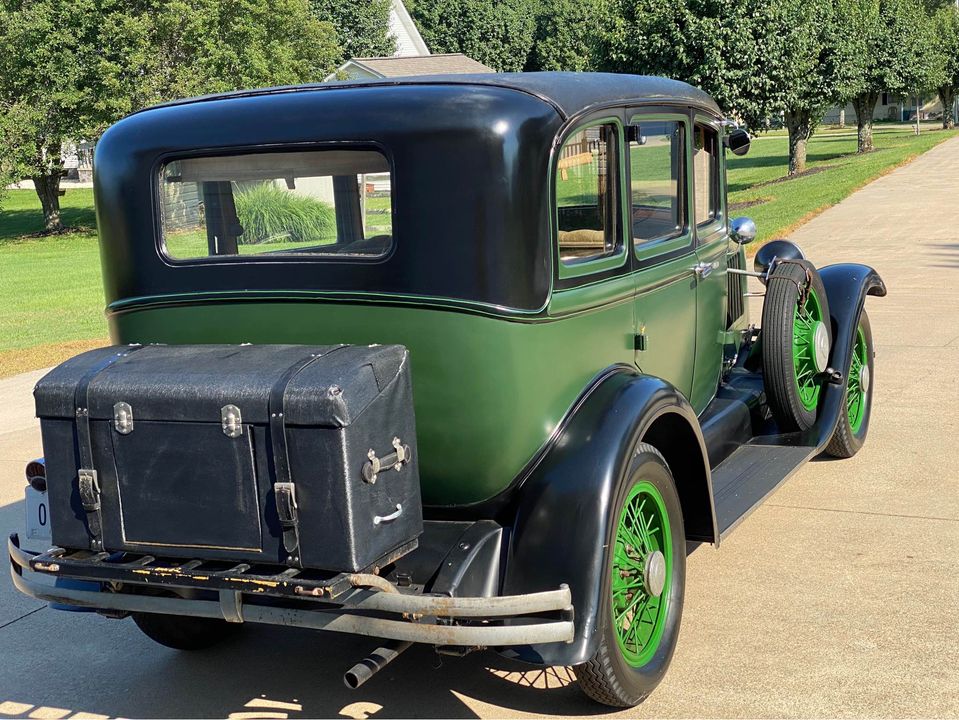
The Dictator was Studebaker’s lowest-price model, followed (in ascending order) by the Studebaker Commander and Studebaker President series. There was a Chancellor in 1927, too, but that year only. In June 1929, Studebaker began offering an 8-cylinder engine for the Dictator series (221 cubic inches, 70 bhp at 3,200 rpm), designed by Barney Roos, though the old 6-cylinder option was continued for another year. Dictators were available in a full range of body-styles.

In retrospect, the choice of the model name might seem unfortunate. One writer began a history of American perceptions of dictators with the introduction of the Studebaker Dictator. He noted there were political problems in the name ‘Dictator’, making it unusable in European monarchies. The same applied in British Empire countries which imported the car. Diplomatically, Studebaker marketed its Standard Six as the Director in these countries. In the United States the name initially caused no problems.
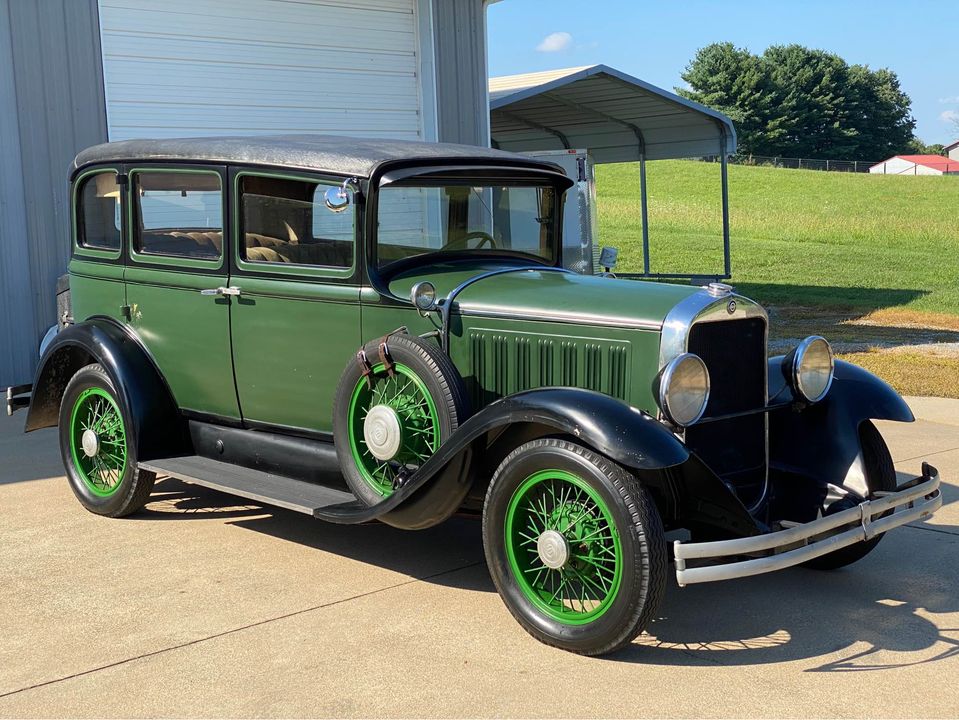
The interior of the car is very smart and in good condition. This impressive large American sedan epitomises the style of car favoured by the Chicago gangsters of the 1920’s and early 1930’s. and represents excellent value when compared with other vehicles of the same period.

By 1933 Studebaker was feeling the effects of the Great Depression and it entered into receivership. It was able to manage through the hardships and emerged in 1934 with its stylish and attractive models, some with styling influenced by Raymond Loewy.

